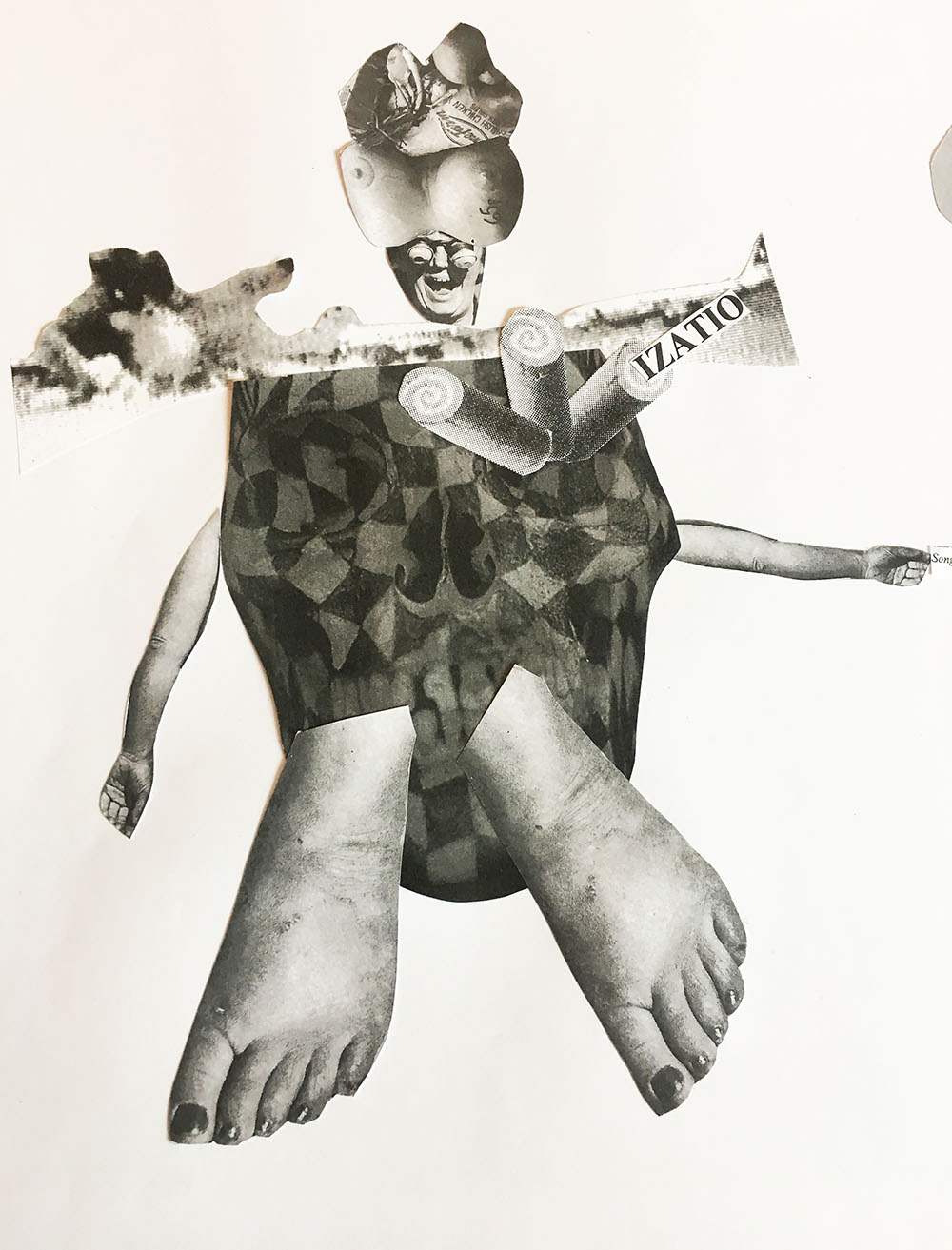+ Change is not only about what we study and why – it is also about how we do it. + Change pedagogy brings design, artistic expression and theory together. We believe we need students and staff groups to genuinely and in an interdisciplinary manner engage with the complexity of sustainability. Therefore, we have chosen to have an international intake on all our programmes and to deliver them in English. Together we make a + Change culture – dynamic, vibrant, creative and critical.
Design involves creativity, criticality and transformation. Design calls into question the state of things and makes an impact. Design challenges preconceptions, prejudices, norms, and stereotypes and provokes emotions, thoughts, sensibilities and actions. Design can enhance our lives and our relationships to the world. It can make us attentive and empathic to the ecological and socio-cultural systems in which we live. In a world of many challenges, design can be an agent for sustainable change.
In shaping our futures, designers will face unprecedented challenges compared to what conventional designers faced during the twentieth century. In fact, the role of the designer will and should change. […] As agents for change, designers will play key roles in shaping futures of sustainability.
On the + Change programmes at Linnaeus University we challenge the traditional role of the designer, working across disciplinary and media boundaries to define new roles that meet contemporary and future needs. For design to confront the crises we are now facing, we need to work together with other academic disciplines and cultural practices and in partnerships with professional designers, community organisations, businesses, activists and governmental bodies.
+ Change
Write something here... Management 2014-2020, work with the developing the vision, in particular creative critical expression etc. across programmes and research, intergration of theory and practice, critical artistic side, across progammes and the managing the design and development of the master programme, for which I am currently programme coordinator.
Links here:
Visit the + Change digital platform and the Department of Design at Linnaeus University.

Design / Visual Communication + Change: Doesn’t design already imply change? Yes, through design we give form to new products (and books, campaigns, services, systems and much more). Through these we also shape and change behaviours, attitudes and even world-views.
Today it is both formally and globally recognised that both ecological and social systems are in a critical state. We also know that human activities – and not least design, and its associated overconsumption – drive unsustainability. With + Change we want to emphasise the very potential of design to affect change and to extend it. + Change comprises different perspectives on change, such as adaptation, evolution and revolution. For us + Change very much includes examining, challenging and changing the norms that shape the everyday life of individuals as well as society at large. To affect change through design can be about initiatives directed at products, systems or worldviews. We can choose to use design to affect change locally, regionally or globally, and with a focus on ecology, economy, human health and equality, or all of them simultaneously. Altogether + Change is about purposefully using design, and its inherent creativity, in order to achieve changes towards futures of sustainability.
